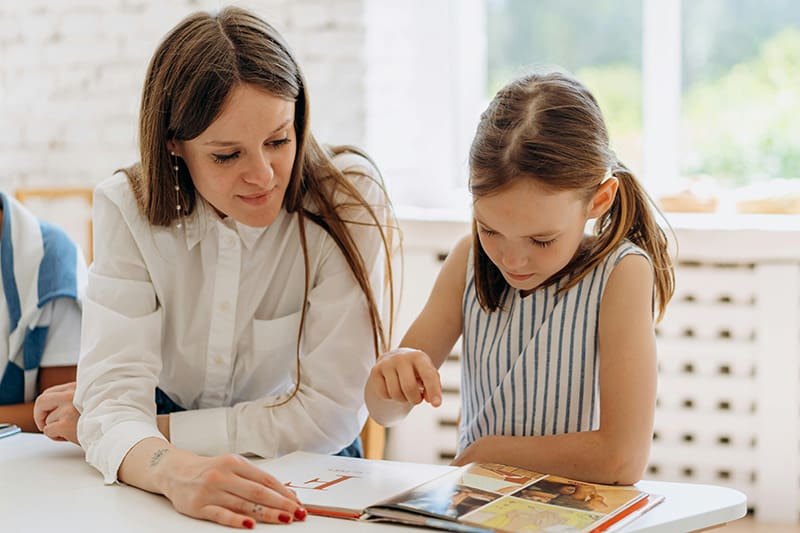The /g/ sound and the /k/ sound are very similar and use the same mouth position. So what makes them different? The /g/ sound is a voiced sound and the /k/ sound is unvoiced. That means that your vocal cords are vibrating as air is passed through the mouth to make the /g/ sound. Position the back of your tongue at the near the back of the roof of your mouth, on what is called the soft palate. When you allow voiced air to come through, it is stopped by your tongue and then released when you lower your tongue from the top of your mouth. This is the /g/ sound.
Kids will begin making this sound at an early age and will typically have mastered it by age 3. If your child still isn’t able to successfully produce the /g/ sound by age 4, it is highly recommended that you seek the intervention of a certified speech therapist to help your child get back on track. The sooner you catch an issue, the easier it will be to correct. Early help will also lessen the likelihood of a small problem snowballing into a bigger one in later years.
Practicing sounds with your child is a fun and educational way to spend time with your little one. By focusing first on sounds, then syllables, and finally words, sentences and even conversations, you can help foster your child’s ability to effectively communicate. This is also a great way to keep track of your child’s progress and ability so that you can identify whether they are ahead, average, or perhaps a little behind.
Here are some great tips for getting the /g/ sound with your child:
- Verbal cues
When your child is learning a particular sound, it is important for them to have a clear understanding of what the sound is and how it sounds. Communicate this to your little one by clearly and slowly pronouncing the single sound for your child: “/g/, /g/, /g/.” They will begin to imitate you and try to make the sound themselves. Once they master the individual sound, move on to simple syllables by adding vowels to the /g/ sound, such as “goo, goo, goo”, “gay, gay, gay”, and “go, go, go.” Now your toddler is on his way to /g/ words!
- Physical Cues
For some kids, it can be difficult to figure out where their tongue should go and how to get it there for this sound. One solution is to have them lie on their back and then try to make the sound. Since gravity naturally pulls the tongue further back when they are in this position, it is easier for them to make the correct tongue-palate contact. Once they can produce the /g/ sound while lying down, have them practice it again standing up. Another trick for the /g/ sound is to try gargling water. This strengthens the tongue muscles and puts their tongue in the correct position for the /g/ and /k/ .
- Tactile Cues
Since /g/ is a voiced sound, your vocal cords vibrate as you say it. Have your child feel this by putting their hand over your throat as you articulate the sound. It will be brief, but they should be able to feel the vibrations. Have them try this with their own voice to see if they are pronouncing the /g/ sound correctly.
- Awesome /g/ Activity
There’s a reason why “gurgle” starts with the letter “g.” You use the same inner-mouth movements to gurgle as when you make the /g/ sound. If your child has demonstrated that he is able to gurgle—like when he brushes his teeth—you might try asking him to gurgle without any water. The motion of raising the back of the tongue to the soft palate that he makes when he’s “gurgling” is the same motion he needs to make the /g/ sound.












